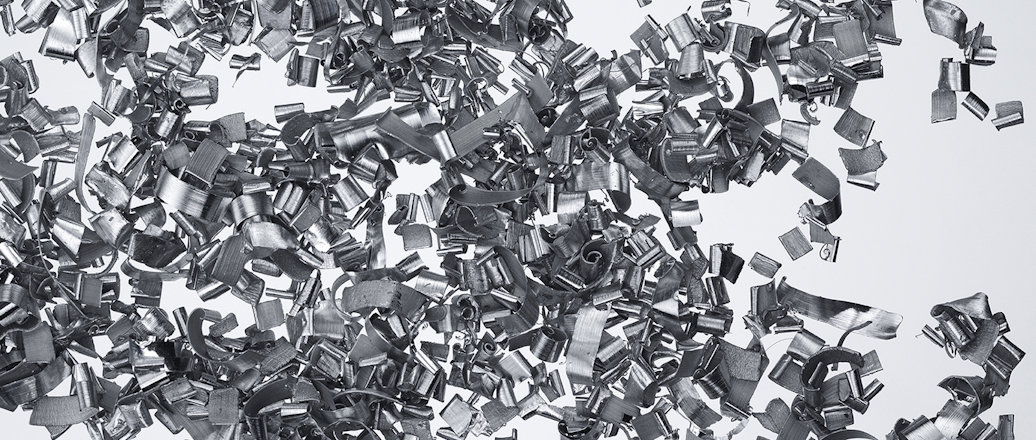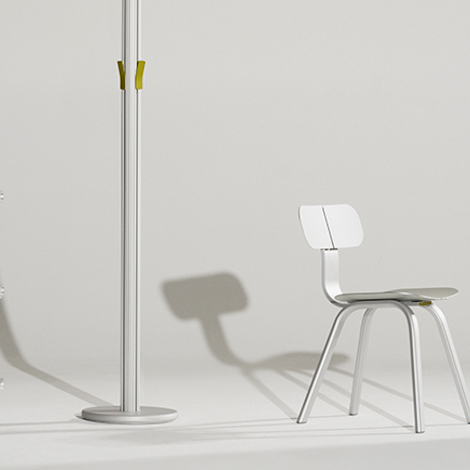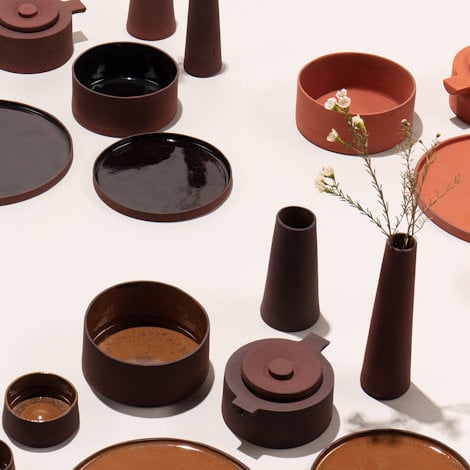How designers using permanent materials like aluminium contribute to the circular economy
As our world grows smaller and consumes more, the active stewardship of permanent materials like aluminium is essential for society to become circular and more sustainable. Let me explain about permanent materials.
We are using more materials than before in our products, we are using them faster, and we are throwing more of them away. Even burying them in the earth at landfills. The problem is that a lot of these materials should not be thrown away. They are permanent and can be used again.
About a decade ago, the metal industry established a scientific-based definition for a new material category in the context of sustainable development, the Concept of Permanent Materials (CPeM). The definition:
- A material is defined as permanent if its inherent properties do not change during use and, through solid-liquid transformation, it can revert to its initial state. This is the case when the material consists of basic components, which are either chemical elements or robust chemical compounds, making repeated use and recycling possible without change of inherent material properties. As repeated recycling can only be implemented if the material is preserved during use and transformation, the technical availability of recycling was a necessary prerequisite of the concept of material stewardship.
Permanent materials are infinitely recyclable. Aluminium is a permanent material.
For a designer, both material selection and the design of the product is essential when producing something new. We know that knowledge is important, in order to better understand the role aluminium plays to accelerate a circular economy.
Distinction between downcycling and aluminium recycling
There was no appreciable aluminium recycling industry until the late 1960s, more than 50 years ago and long before we started talking in earnest about the circular economy.
Today, we understand that to move toward a true resource-efficient and circular economy, it is essential to make a clear distinction between downcycling, which leads to the gradual degradation of the material, and true recycling, which keeps the material in the loop without losing its intrinsic material characteristics.
The current approach to the circular economy oversimplifies the classification of materials and products as renewable or non-renewable, re-usable or non-reusable or even bio-degradable or non-biodegradable. These classifications are insufficient for the development of good practices in sustainable resource management: They fail to account for material degradation and its impact on resource management.
Inherent material properties and good material stewardship
CPeM is built on two pillars: inherent material properties and good material stewardship.
- Inherent material properties are related to basic chemical components which do not degrade during use or recycling. These components can be chemical elements (atoms) for most metals including aluminium, or chemical compounds (molecules) in the case of non-metallic materials like glass. In general, for a material to be permanent, the bond between the atoms in the molecule needs to be stronger than the link between the molecules. Since metals are atoms, they are basic chemical components per se so that the above condition is ‘automatically’ satisfied. This condition safeguards the inherent characteristics of the material and enables multiple recycling, even after crushing and melting. For metals like aluminium, after remelting and re-solidification, the metallic bonds between the atoms are fully restored. As a result, there is no loss of characteristics and basic properties. In other words, recycled aluminium can be considered the same as virgin aluminium.
- Good material stewardship is the second dimension of a permanent material. With its Sustainability Roadmap 2025, the aluminium industry has committed itself to source raw materials responsibly, from an environmental, economic and social perspective, promoting traceability best practices. Good material stewardship also covers the design, use and recycling phase in order to have products that, after their useful life, can be easily collected and sorted for recycling, in order to maximize their re-use for new applications. They should not end up in landfills.
The basic chemical components of aluminium (and metals) do not degrade during use or recycling. In comparison, carbon-based organic compounds, such as wood, natural fiber and plastics, are composed of large molecules. The repeated heating and cooling, and/or mechanical processing, destroys the bonding force and configuration within individual molecules, thereby changing the original properties of the material.








